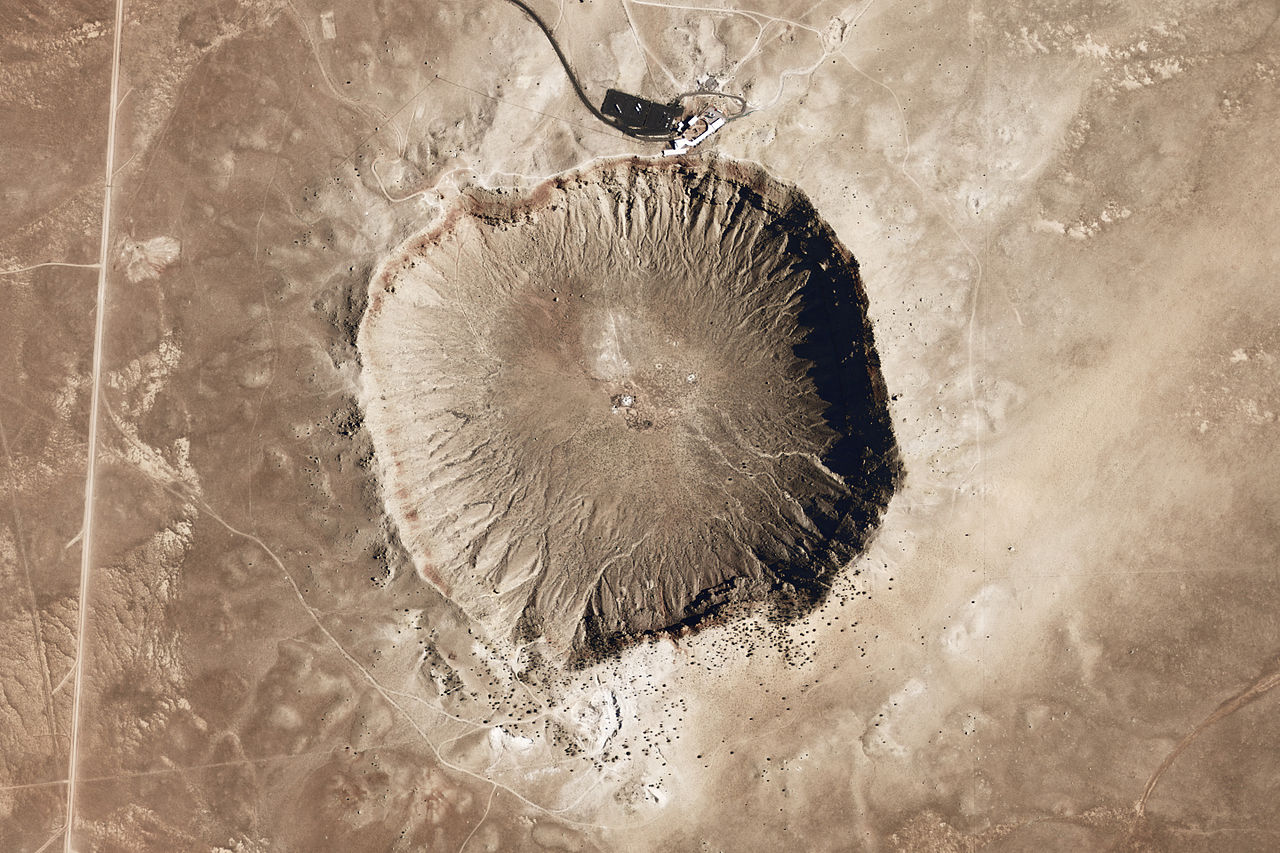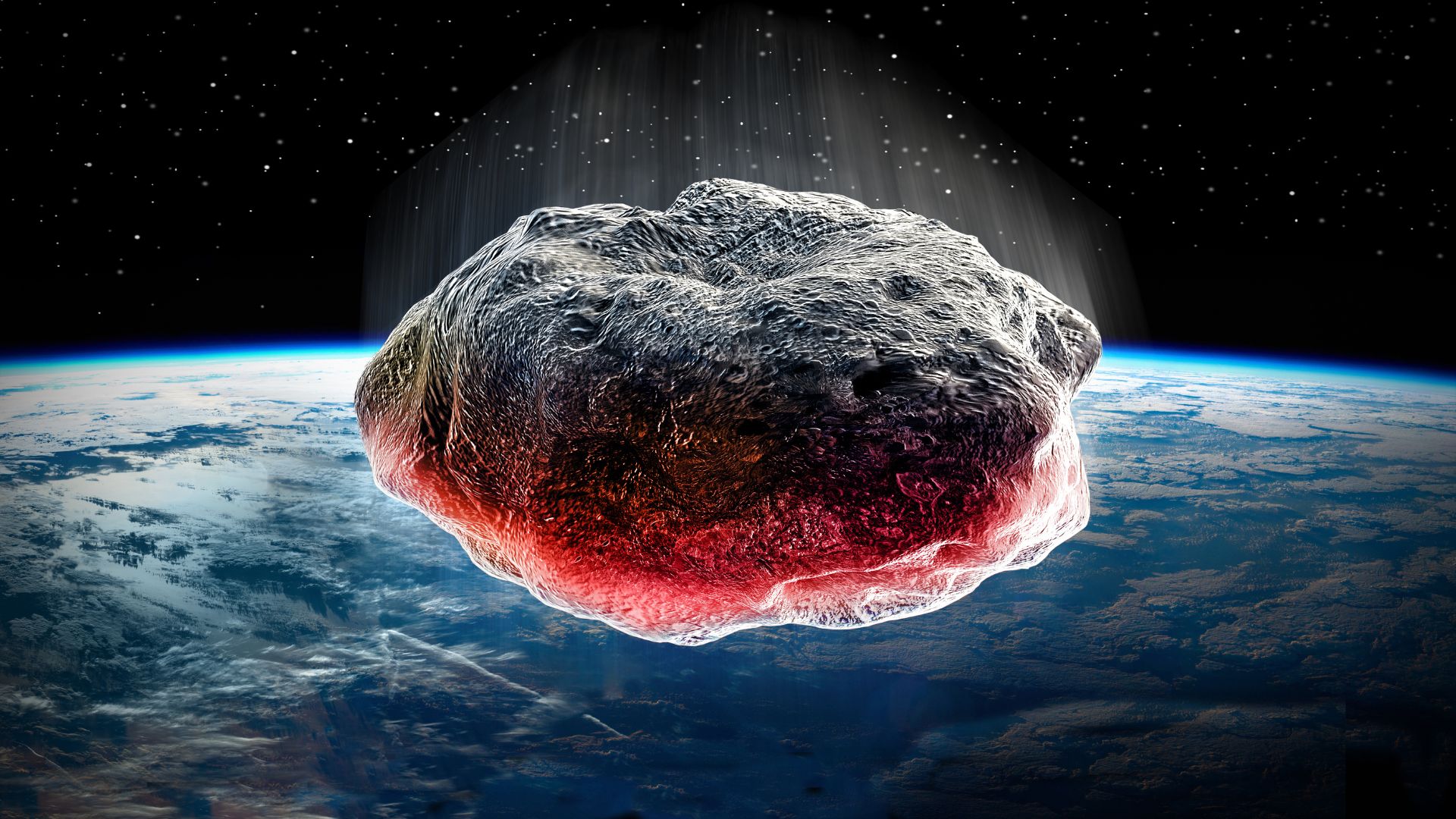Crater 3x The Size of Grand Canyon Discovered in US
The Chesapeake Bay Crater is an ancient, colossal impact site hidden beneath Virginia and Maryland. Discovered in the early 1990s, this crater spans a massive 25-mile diameter, making it three times the size of the Grand Canyon.
This immense geological structure was formed 35 million years ago when an asteroid collided with Earth, creating one of the largest known impact craters in the United States.
A Catastrophic Collision
About 35 million years ago, an asteroid struck the ocean off the East Coast of North America with catastrophic force. The impact triggered widespread fires, earthquakes, and a massive tsunami.

Source: iStock
The collision created a 25-mile wide crater, which is now entirely buried beneath the Chesapeake Bay. This event drastically altered the region’s landscape and ecosystem, leaving a lasting mark on Earth’s geological history.
Discovery Through Drilling
The hidden Chesapeake Bay impact crater was uncovered in the early 1990s through scientific drilling. This significant discovery revealed it to be the largest known impact crater in the U.S. and the 15th largest on Earth.

Source: Wikimedia
The drilling project brought to light the massive scale and importance of this ancient impact event, providing valuable insights into Earth’s geological past.
The North American Tektite Strewn Field
The asteroid impact produced an extensive ejecta layer, known as the North American tektite strewn field. This layer, covering about 4 million square miles, contains tektites — natural glass formed from meteorite impacts — and shocked zircon crystals.

Source: Muffin Creatives/Pexels
The ejected matter was dispersed across a vast area, with some landing on land while the rest cooled rapidly in seawater and sank to the ocean floor.
Groundbreaking Research Efforts
A research team, including Arizona State University scientist Marc Biren, conducted a pioneering study on samples from the Ocean Drilling Project site 1073.

Source: Freepik
Using the uranium-thorium-helium technique for the first time, they accurately dated the impact event. Their findings, published in Meteoritics & Planetary Science, provide an example as to the importance of dating impact events to understand Earth’s history.
Zircon Crystals: Tiny Time Capsules
Central to the research were zircon crystals, which preserve evidence of the high pressures and temperatures from the impact. These crystals, as thin as a human hair, were key to the investigation.

Source: Koreller, Freepik
Found in oceanic sediments 250 miles northeast of the impact site, these zircon crystals provided crucial data on the timing and effects of the impact event.
The Uranium-Thorium-Helium Technique
The research team used the uranium-thorium-helium technique to date the zircon crystals. This method, applied to shocked zircon fragments, allowed the scientists to determine the age of the impact with precision.

Source: Freepik
The success of this technique opens new possibilities for dating other terrestrial impact structures, enhancing our understanding of Earth’s geological history.
Impact on Earth's History
“Determining accurate and precise ages of impact events is vital in our understanding of Earth’s history,” said Biren.

Source: Wikimedia
The Chesapeake Bay impact event is a significant example, highlighting the importance of such collisions in shaping Earth’s geological and biological history. Accurate dating of these events helps scientists comprehend their effects on the planet’s development and the history of life.
A Tool for Future Investigations
“This research adds a tool for investigators dating terrestrial impact structures,” Biren remarked. The uranium-thorium-helium dating method proves viable for analyzing small, shocked materials ejected from impact sites.

Source: Wikimedia
This method could be a method in future studies, providing precise dating for similar impact events and contributing to the broader understanding of Earth’s dynamic history.
Broader Implications
The study not only advances knowledge of the Chesapeake Bay impact event but also conveys the broader significance of such events.

Source: Canva
Impact events have played a crucial role in Earth’s geological and biological evolution, including the dinosaur extinction event linked to the Chicxulub impact crater.
Quotes from the Researchers
Jo-Anne Wartho, co-author of the study, emphasized the significance of zircon crystals in their research. “Key to our investigation were zircon — or more precisely: zirconium silicate — crystals found in oceanic sediments of a borehole almost 400 kilometers northeast of the impact site in the Atlantic Ocean.”

Source: Wikimedia
These crystals provided invaluable data for dating the impact event and understanding its effects.
Understanding Our Earth
The pioneering research efforts, including the use of advanced dating techniques, have shed light on the impact’s significance and its role in shaping our planet’s history.

Source: Wikimedia
The discovery of the Chesapeake Bay impact crater shows the importance of studying impact events to comprehend Earth’s dynamic geological and biological evolution.
